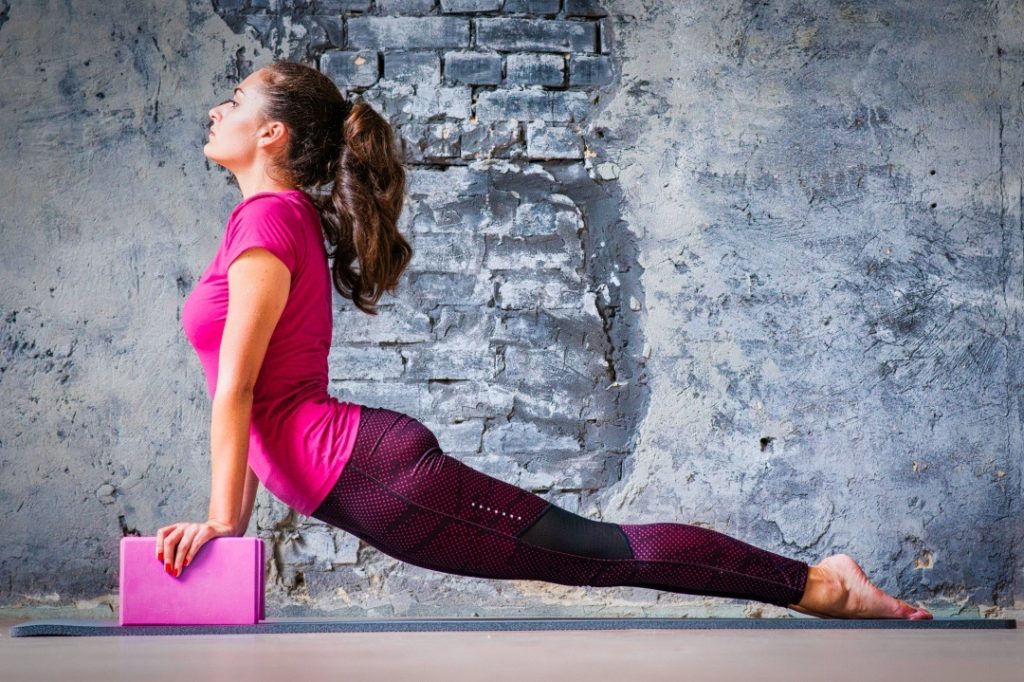It is important to us to provide kids with spaces that are rich in materials that will inspire a sense of amazement and wonder. This usually involves decreasing the number of plastic toys and the use of bright colours in nurseries. However, it is believed that brilliantly coloured blocks manufactured out of foam are significant for children’s growing abilities and learning and that there is a legitimate place for them inside nurseries. You can captivate the attention of toddlers and preschoolers through big foam blocks by trying the following:
- Engage in spatial discussion with them and with them
When an adult participates in a child’s block play and exhibits various constructions, the child gains far more from the activity; talking to kids about spatial concepts like “what size block do you need for that space?” is also helpful.
- Promote group construction efforts
For younger kids, it’s important to find playmates of varying ages to encourage cooperative play. You could have to act as the adult in charge of a group project or a facilitator of cooperative play. An older youngster might lay the foundation for the construction, while a smaller one looks for all the green bricks. They may require your guidance to adopt this line of thought, maintain focus, and play together with the same aim.
- Involve kids in targeted construction challenges
Certainly, Kindred advocates for children engaging in unstructured playtime, but it is also recognised that kids thrive when allowed to participate in adult-led activities and have some level of structure in their day. You may print out a picture of a simple home and have your youngster attempt to replicate it as a building activity.
- Remember that building with blocks may be utilised for creative play.
Playing with blocks seems like an apparent mechanical activity, but remember that youngsters also benefit from imaginative play. Consider what your kid is into right now and what inspires them. If they are fascinated by prehistoric animals, maybe they should construct a dinosaur park.
- Get kids excited about toy blocks by including character toys and other accessories in the set.
What if your kid doesn’t want to construct anything? Then you may populate the region with miniature versions of people, cars, and other real-world items. Your child’s interest in creating and expanding their building into a ‘world’ might be piqued by adding grass, flowers, miniature toys from a doll’s home, or anything similar.
- Mix some story time and role-playing with the block play
After listening to a narrative, have the kids play out the scene using the bricks and accessories you provided. The time spent constructing and dreaming up new ideas may be used to have meaningful conversations about the tale, its themes, and plot points and generate new ideas and solutions. In the fable of the three little pigs, for instance, you may play the roles of the piglets and the wolf, gather materials like wood and hay to construct a home and then switch to using bricks.
- Boosting imagination with free-form recreation
If you give your kid a package of big foam blocks, they’ll probably play with them for hours without becoming bored. There are no rules to follow, wrong answers, or predetermined outcomes when youngsters play with foam blocks. You should always encourage children to go play and follow diverse routes to your children’s interests which may vary from child to child.



